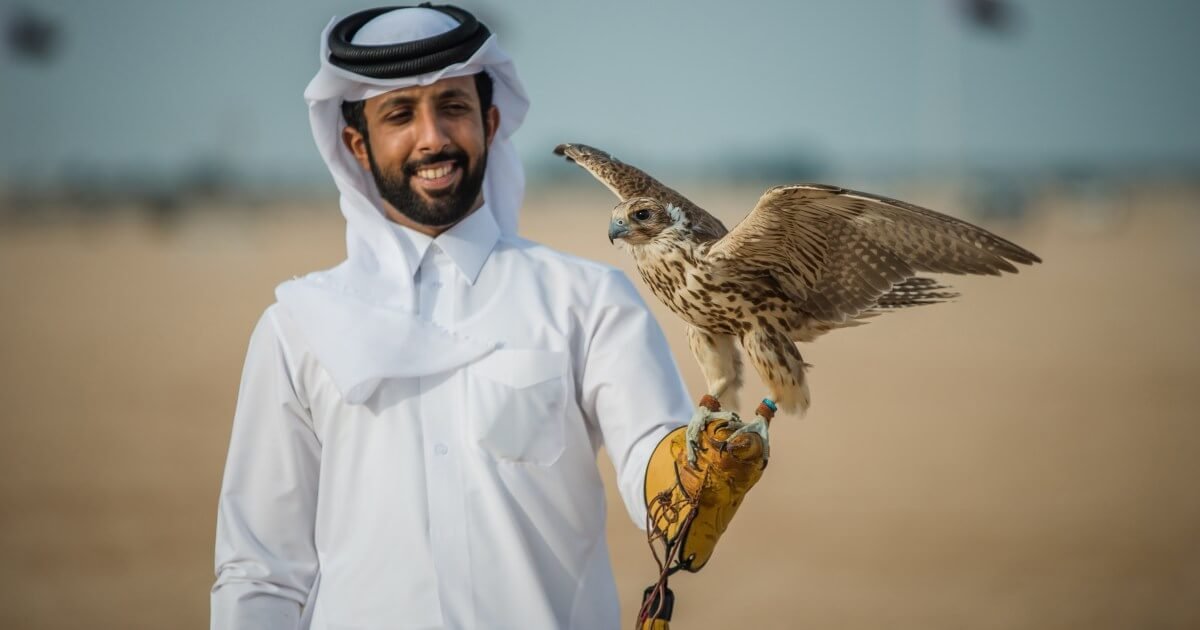
What are the Main Tradition in UAE? Best Essay Writing Service
The United Arab Emirates (UAE) is a country that values its rich traditions, a melting pot of various cultures and a land of enthralling delights. The UAE proudly retains its distinctive customs, delivering a mesmerizing blend of old-world beauty and modern innovation. It embraces its past while launching itself into the future. We shall examine the primary customs that make up the core of Emirati culture in this essay. providing light on the rituals that unite the population and help to define their identity.
I. Hospitality:

An essential component of Emirati culture, hospitality is based on the Bedouin custom of welcoming and looking after visitors. Emiratis are well known for their friendly welcome and frequent invitations to strangers’ homes for meals and refreshments. This custom is a wonderful example of the UAE’s ethos of community and harmony.
II. Traditional Dress:

In the UAE, wearing traditional clothing is a mark of pride in one’s background and country. The “Kandura” or “Dishdasha,” a clean, white ankle-length garment worn by Emirati males, is the norm, while women often dress in chic black “Abayas” or vibrant traditional gowns known as “Kandura.” This clothing is proof that cultural identity has been maintained despite rapid modernity.
III. Arabic Literature and Language:

In Emirati culture, the Arabic language is revered and acts as a link between the past and the present. Emirati culture has always valued poetry, and the “Nabati” literary form is renowned for its eloquence and emotional complexity. Modern poets still use their rhymes to shape and communicate the emotions and ambitions of the country today.
IV. Falconry:

A valued tradition with roots in Bedouin hunting practices exists in the United Arab Emirates. The beautiful falcon is revered by Emiratis and is a symbol of strength and power. The art of falconry training and hunting has been passed down through the years, and falconry tournaments and events continue to be well-attended celebrations.
V. Camel Racing:

Another long-standing custom, camel racing illustrates the Emiratis’ close connection to the desert and its inhabitants. Camel races were a way to display their speed and agility while they were still the main mode of transportation. Robot jockeys have been made available by modernization, but camel racing is still a well-liked sport and a popular cultural event.
VI. Traditional Dances:

Traditional Emirati dances like the “Yowla” and “Harbiya” are an essential component of festivities and events that are held in the culture. These dances feature poetry chanting and rhythmic foot-stomping, which inspire a feeling of pride and cohesion among the performers and viewers.
VII. Pearl diving:

Pearl diving was formerly an important source of income for the United Arab Emirates. To collect pearls, which were once highly sought, the conventional method included divers diving deep into the ocean. Even if the economy has changed, museums and cultural activities help people remember the importance of pearl diving.
VIII. Dates and Coffee:

In Emirati culture, dates and coffee are fundamental emblems of hospitality. It is customary to extend dates and “Gahwa” (Arabic coffee) as a sign of friendliness and welcome to visitors. An article on Essay Writing Services In Dubai further highlighted that small cups of fragrant coffee are frequently filled with dates to promote warmth and social engagement.
IX. Henna Art:

Henna art is an age-old custom that involves using a natural henna paste to create elaborate designs on the skin. During special occasions, weddings, and festivals. Emirati women decorate their hands and feet with henna. enhancing the beauty and elegance of their traditional dress. Henna application is both a highly private and social activity. It is valued as a component of important life occasions including weddings, engagements, religious holidays, and other significant anniversaries. For instance, beautiful henna designs are applied to the bride’s hands and feet during wedding ceremonies to represent happiness, love, and luck. The henna application is a chance for ladies to get together, swap tales and enjoy a happy occasion while encouraging a sense of solidarity and camaraderie among family and friends. The henna painting also has a significant place in traditional Emirati culture as a representation of femininity and beauty. It highlights the grace of traditional clothing such as the “Abaya” and “Kandura” and improves the appearance of Emirati women as a whole. During festivals and special occasions. It is not unusual to see henna-decorated feet gracefully stepping out of traditional sandals or hands peeking out from the exquisite sleeves of an Abaya.
Conclusion
In spite of the winds of modernization, the United Arab Emirates stands out as a country that peacefully embraces its rich history and customs. The UAE takes great pride in upholding its cultural identity, from the graciousness of traditional costumes to the warmth of Emirati hospitality. The enduring traditions, like the falconry craft or the rhythmic dances, weave an important tapestry that unites the populace. The UAE values its traditions and the knowledge of the past as it develops while anticipating a future that honors and embraces its deep roots. The UAE exhibits to the world the beauty of unity, diversity, and cultural resilience via its varied traditions.

Leave a Reply